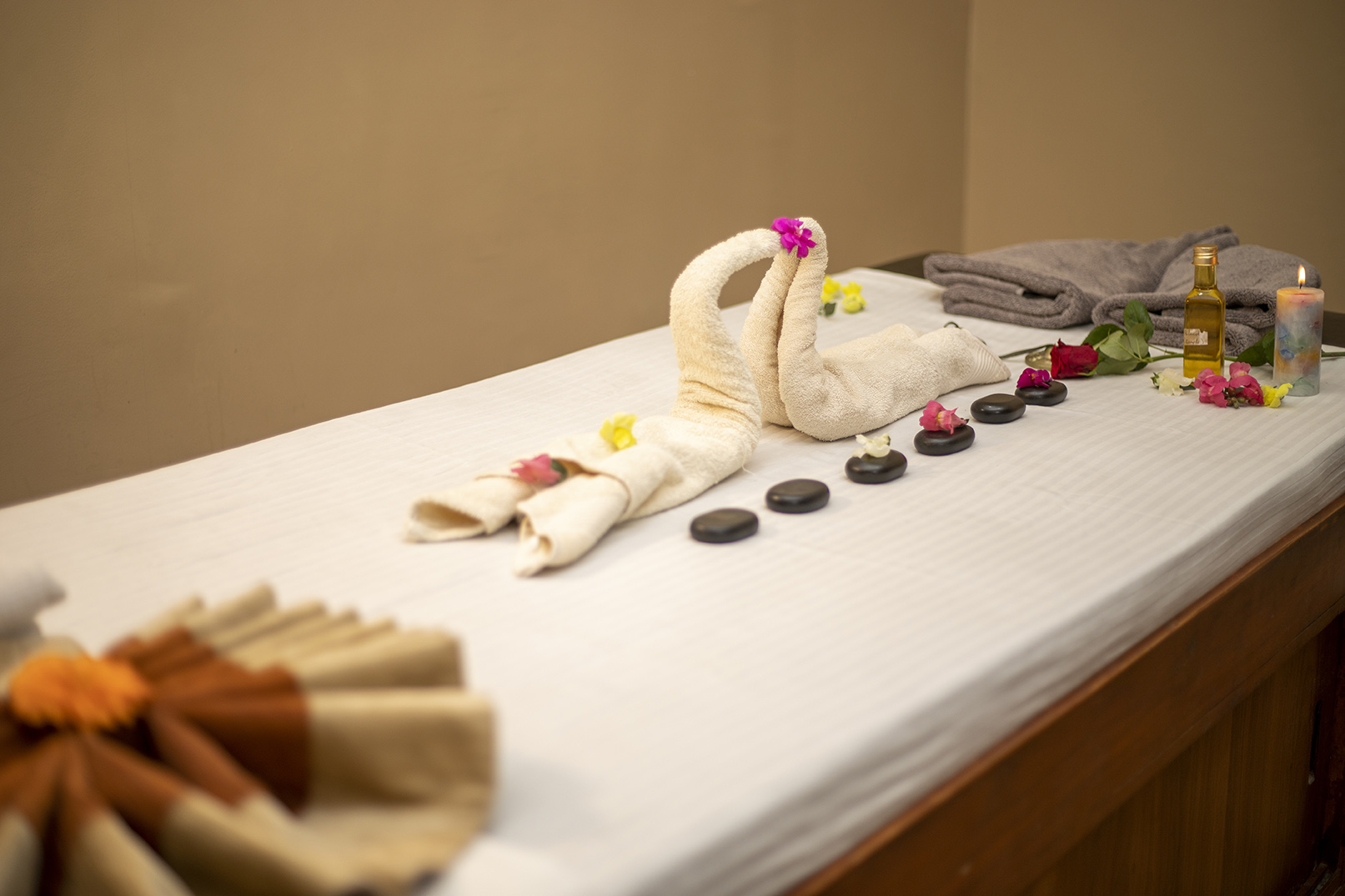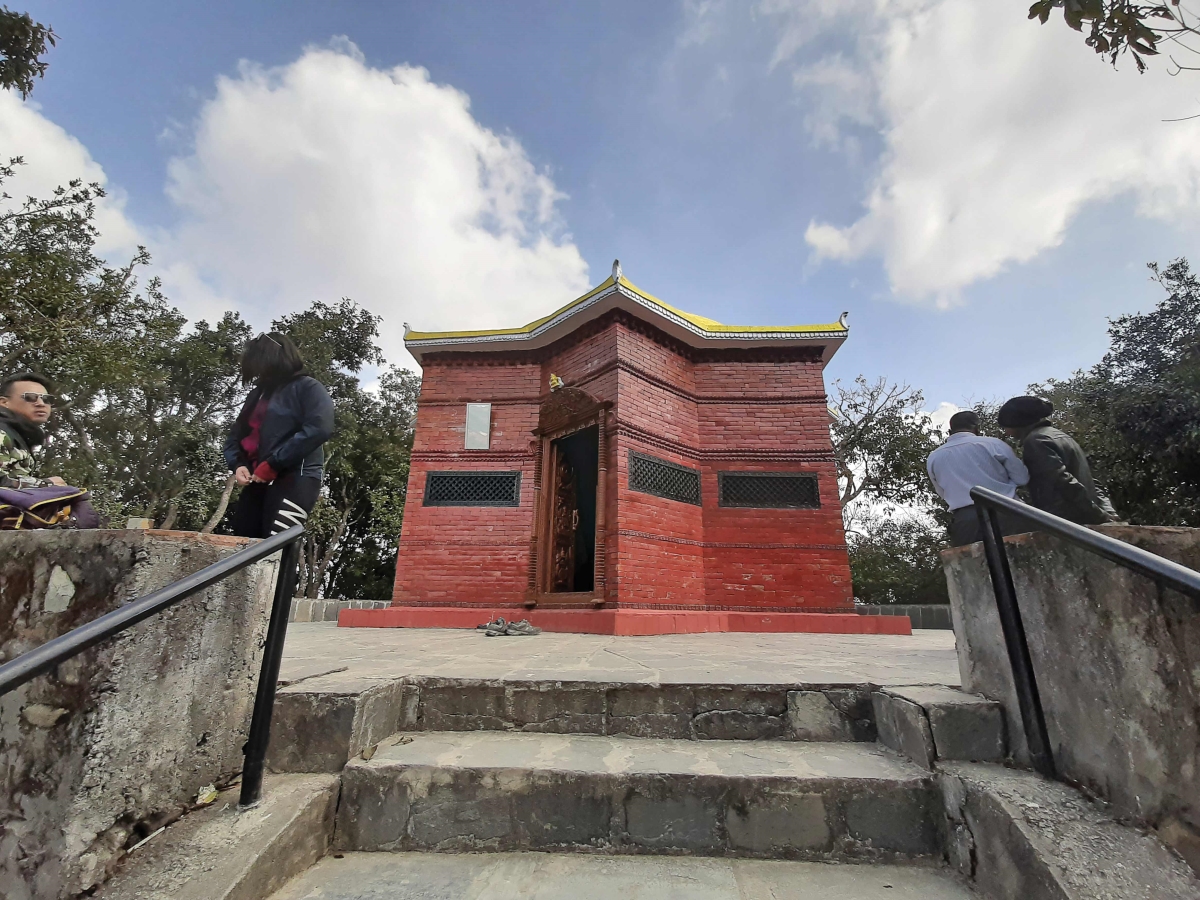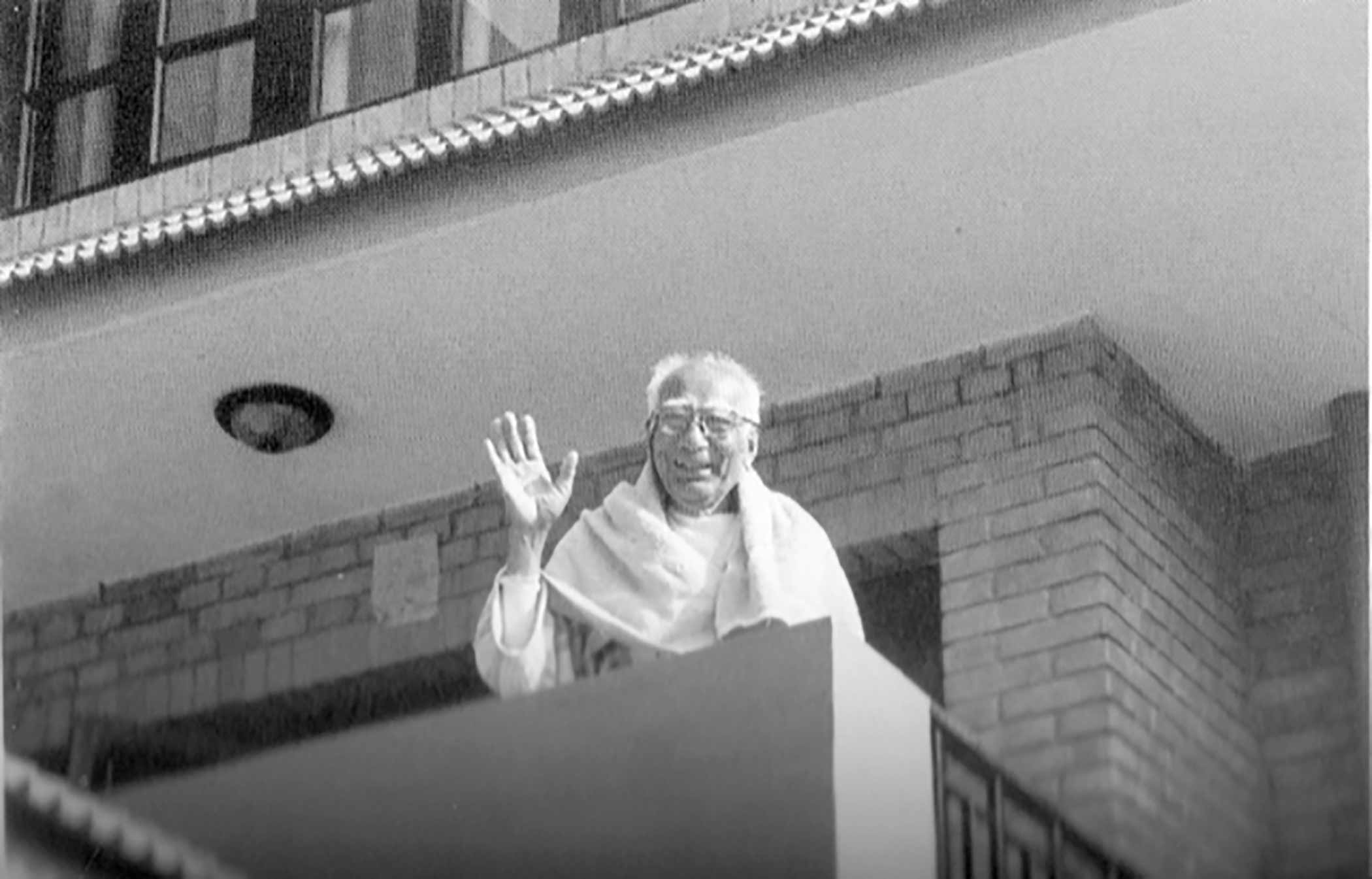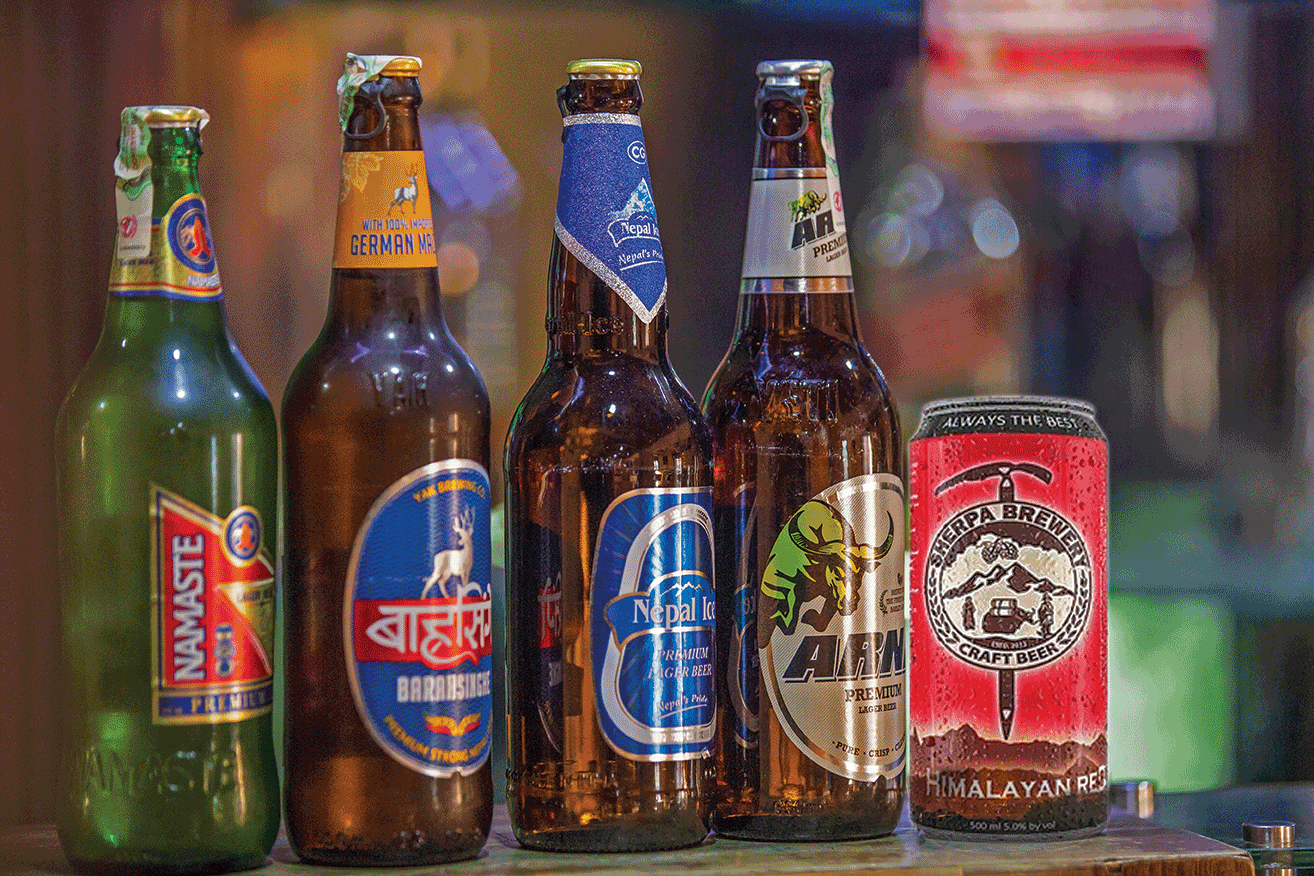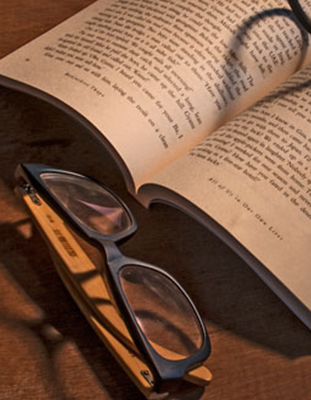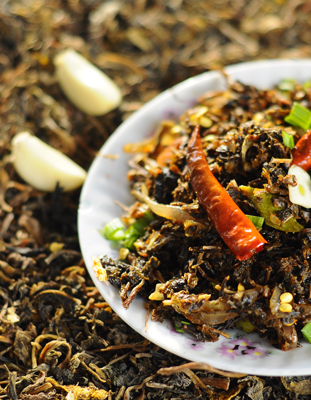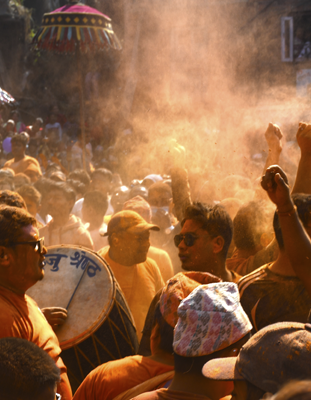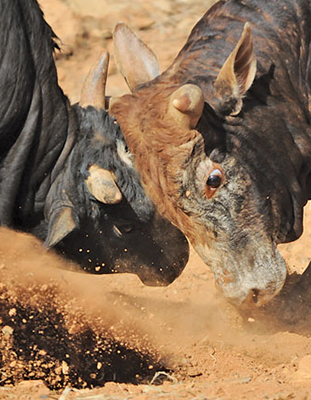My three-year old wish to sit and talk to Inger about the legendary Boris Lissanevitch, was finally fulfilled on 7th October, three days after Boris’ 100th Birth Anniversary. Boris was born on 4th October 1905 in Odessa, Ukraine. ECS was invited to the ceremony that took place at the British cemetery in Samakoshi, where Boris was laid to rest in 1985. H.E. the Russian Ambassador was on hand to lay a bouquet of flowers on his gravestone. The Director of the Russian Cultural Centre was there along with Nepali people from various walks of life— and of course, the media. But I did not see Inger, nor was Alex anywhere to be seen. While we were talking later, in Bhaktapur at Rabindra Puri’s place, Inger laughed and said, “I wasn’t invited!” Having lived in Nepal for over fifty years, she can laugh about it.
 After the Russian revolution, the young Boris was lucky to escape persecution and reach Paris. His life then took a turn, and he toured the world as a ballet dancer –from Europe to Latin America and on to Asia. He finally found a new vocation; running an exclusive club called 300 Club in Calcutta, where world war pilots, maharajas, and other socialites intermingled. One of Boris’ close friends was the Maharaja of Cooch Behar, a frequent guest at the club, with whom he went on
After the Russian revolution, the young Boris was lucky to escape persecution and reach Paris. His life then took a turn, and he toured the world as a ballet dancer –from Europe to Latin America and on to Asia. He finally found a new vocation; running an exclusive club called 300 Club in Calcutta, where world war pilots, maharajas, and other socialites intermingled. One of Boris’ close friends was the Maharaja of Cooch Behar, a frequent guest at the club, with whom he went on
many tiger hunts in the wilds of India. He kept himself busy at the club during the Second Great War, and it became the watering hole for many pilots flying in and out of Calcutta. It was also there, that his friendship with late King Tribhuvan began and it was to have a profound impact on his life. Soon after King Tribhuvan wrested power from the Rana oligarchy, he invited Boris and his young Danish wife, Inger to Nepal. In 1952, the couple arrived in the King’s DC-3 and landed at the pasture at Gaucharan, which served as an airport. Incidentally, it is now known as the Tribhuvan International Airport (TIA). Once they saw the country, Boris and Inger knew this was going to be their new home.
After a short trip back to Calcutta, the flamboyant Russian returned to Nepal, and opened the Royal Hotel (now, the Election Commission Office at Kantipath). There once again, he entertained tourists, diplomats, pilots, the elite society of Nepal along with royalty, and had the sole responsibility of catering to all official state banquets, including those that were given during King Mahendra’s coronation. It was also his privilege to take charge of all banquets during the visit of Queen Elizabeth II of Great Britain. Apart from arranging banquets for the visit, Boris had the responsibility of feeding the Royal entourage during a tiger-hunting expedition in the tarai.
At the famous Yak & Yeti Bar of the Royal, Boris told endless tales of his incredible adventures to an enraptured audience. His fame traveled far and wide. I remember working at the Malla Hotel, where guests who had only just arrived, would walk up to the reception and ask, “Where is Boris’ Restaurant?” That was the great adventurer’s last venture, where he churned out his famous Russian recipes and still told his fascinating stories.I had long wanted to hear about this extraordinary man, from someone who captured his heart and shared his colorful life. What follows is the wonderful conversation I had with Inger Lissanevitch.
Tell me how you met.
Boris had organized a party for the Maharaja of Cooch Behar (close friend of Boris) and other maharajas and friends at the 300 Club in preparation for what was known as a ‘Scientific Expedition’ to Hollywood. Boris was taking a group of maharajas to the US to meet the stars of Hollywood. All the young and pretty people were invited (one of them obviously, was Inger. She doesn’t mention that). I wasn’t impressed at all by Boris. He was wearing gumboots with his pants tucked in and a t-shirt. The whole garden of the club was beautifully decorated. There were a lot of people and soon after the party, Boris was gone for six months leading the expedition. I was living with my parents in Calcutta then. When Boris returned, he invited me for dinner along with the exiled Nepali General Mahavir and some flight captains. Boris asked for a dance, but oddly, it was on behalf of one of the captains. He then invited me to the cinema on Sunday. We were living around the corner from the club. Sunday came but he didn’t show up. So the Major who ran the club took it upon himself to take me to the cinema. Boris had forgotten! He next asked me to accompany him to the races, and this time he remembered (laughs). He had half ownership of a horse. As we started seeing each other, my stepfather began making trouble for us, since Boris was 23 years older than me. He was younger than Boris and couldn’t take it, so my mother sent me off to Denmark. But Boris clandestinely met me in Bombay, and together with his Russian friends, we had a wonderful time. I then flew on to Denmark.
So you were separated?
No, Boris came to Copenhagen. Then we decided to get married and Boris took me to the Russian Orthodox Church there. But, since he didn’t have any papers, the church refused to marry us. Then he said, “Let’s go to Brussels, we’ll get married there.” I was naive enough to believe him, but it was the same there as well. We finally went back to Calcutta and started living together. Mishca, our first son was born and he got Danish citizenship. Boris then got his divorce from his first wife, and we were finally married. But now that I had acquired a Russian surname, the kids that followed Mishca, (Alexander and Nicholas) could not get Danish citizenship. Strange! Today, Alex lives here in Kathmandu, Mishca is in Goa, while Nicholas resides in Denmark, but plans to return to Nepal.
When did you arrive in Nepal?
On King Trivbhuvan’s invitation, we arrived in Nepal sometime in November 1952, and stayed with Prince Basundhara for ten glorious days. We immediately fell in love with the country. It was, “This is where we want to live.” So after our trip back to Calcutta, we moved to Nepal in the spring of 1953 and I’ve been here ever since. Boris started the Royal Hotel in the following year, and I named the bar “Yak & Yeti”. I had to climb up on planks and stools to paint the yak and yeti footprints. I had received training at the Art School at the Chelsea Polytechnic Art Department in London and those were the best years of my life, doing what I loved best.
What was life like at the Royal?
At the Royal, Boris spent most of his time at the bar entertaining people. He’s the most fascinating person I have ever met. The Royal was where everybody came to socialize. Everybody floated around him and I couldn’t get enough of him for myself. Once I got fed up and left him to go live with my mother in Hong Kong. I was given the choice of taking one child, so I chose Alex. He was the one always getting into trouble with his dad. Six months later, Boris came to get me. We spent ten days alone and talked more then, than we had in ten years. He promised things would be different from now on and that he would spend weekends with the family. So I came back and we started spending the weekends at Ichangu, away from the hotel and his guests. We lived there in a lovely old house owned by Khadga Narsingh Rana. (Incidentally, my son Nicholas has recently married his grand niece, Anita Narsingh. It was surprisingly, an arranged marriage. They had only seen each other’s photographs before they met and decided to get married). Boris imported white pigs to Nepal, which he bred in Ichangu. They were huge Yorkshire pigs and had never been seen before in Nepal. Even King Tribhuvan’s two wives came to see them. They were a big sensation at the Royal.
I was interested in interiors and architecture, so I asked people in the Ford Foundation to help in Nepal’s cottage industry. They sent experts to improve the cottage industry here. These people stayed at the Royal, so they also did our furniture. My mother, Esther had a small curio shop in the hotel. She was so full of life and I had more fun with her than with anyone else. She passed away in 1970.
Boris is said to have been fond of animals and also introduced many new fruits and vegetables to Nepal.
Boris was very fond of animals and would keep anything: lesser pandas, flying squirrels, leopard cats and a mare that was allowed to move freely about the Royal much to the dismay of tourists. They would suddenly find themselves pushed aside by this animal. Life with Boris was never dull. He always had some new scheme, some new project. He did feasibility studies and gave them to the Nepali government. One of them was a plan for trout farming. But the government messed up by breeding other fish along with the little trout, which naturally became food for the bigger fish. Boris was also the first to grow mushrooms, strawberries, artichokes, carrots, beetroots, etc in the country. He would bring seeds from Europe and experiment by planting them in the hotel garden. He also grew peaches and made peach wine.
Did you rub shoulders with famous personalities at the Royal?
Over the years, we had famous people staying at the Royal; there were Hollywood actresses like Vivien Leigh (Gone with the Wind), Ingrid Bergman (Murder on the Orient Express) and Jennifer Jones (A Farewell to Arms), author Richard Mason, who wrote “The World of Suzie Wong”, Han Suyin who wrote “The Mountain is Young” based on characters she met at the Royal (one of them was Boris), Prince Juan Carlos of Spain, who came for his honeymoon and many more. It was Boris and I, who first approached Baron Thyssen of Switzerland, who started the Thyssen Foundation, with the suggestion that they should restore Bhaktapur. For us, Nepal was like a fairyland, a paradise. But when we suggested to Nepali officials that Nepal should be opened up for tourism, they were at first skeptical. Boris was finally allowed to bring in the first batch of tourists, which consisted of mostly old ladies who had come on the Kungsholm Coronia cruise ships. Although in their late 60’s and 70’s, they were full of life. Boris had arranged their tour and had organized a handicrafts sale in the hotel. On seeing their enthusiasm for Nepal and its handicrafts, Mahendra ordered that tourists should be given a two-week visa. Such visas were never heard of before. Boris single-handedly did more for Nepali tourism than anybody else. (He was awarded posthumously by HAN (Hotel Association of Nepal) and the Ministry of Tourism)
When you look back on Nepal of the ’50s, what do you see?
When Boris and I came in 1952, there was not a drop of cement to be seen. Each little town and village in the country was a fairy tale, an architectural dream, from the lowliest farmhouse to the Rana palaces. Everywhere we turned, we could see the glorious traditional architecture of Nepal, so perfectly suited to the hilly terrain; streets lined with houses of mellowed brick and intricately carved wooden doors and windows.
Then alas came the cement factory. Wealthy people began building ugly concrete boxes to house unfortunate foreigners, in the mistaken belief that this was what they wanted. It broke my heart to see this disintegration, degradation and deterioration. Cement became the symbol of prestige (before that, it was the umbrella). Even on my treks to remote areas, when passing through the little villages, there would be one house with its façade plastered with grey cement; never painted, because then you wouldn’t be able to see that it was indeed cement. That was the house of the richest man in that village.
Can anything be done to stop this trend?
Then, in my sadness a dream was born: to bring back beauty to the Kathmandu valley in the form of traditional architecture, but with all modern convenience. I tried to spread the word but no one seemed interested until one evening 3 years ago, when a miracle occurred; I met a young Nepali, Rabindra Puri, who had the same dream. Now we are partners, and together we will realize our dream. Boris, I am sure is watching from above, utterly delighted that beauty will be restored to his beloved Nepal.
Perhaps, if the Russian revolution had never happened, we would never have heard of Boris. Born into an aristocratic family, he escaped to Europe and performed for the famous Diaglev’s Ballet Russe. He then toured the world as ‘Kira & Boris’ (Kira was his ballet dancing partner). His next venture was the 300 Club, where he befriended maharajas and fell in love with Inger. Then began his life as an adventurer and entrepreneur and even invested in an airline.
His adventurous life continued when he moved to Nepal; he drove overland from England to Nepal (twice), opened an hotel, followed by the Yak & Yeti Restaurant in Lal Durbar (precursor of Hotel Yak & Yeti), took the entourage of Queen Elizabeth II on a safari in the jungles of Chitwan, where he lined up 305 elephants to salute the British monarch, and organized Nepal’s official banquets for visiting dignitaries at the Singha Durbar. The great adventurer, ballet dancer, big game hunter, hotelier, raconteur and friend of maharajas, was also the man who opened up Nepal to tourism. Boris, the ‘Father of Nepali tourism’ passed away on the 20th of October 1985. His story is told in “Tiger for Breakfast” by Michel Peissel and is still available in bookstores around Kathmandu.
